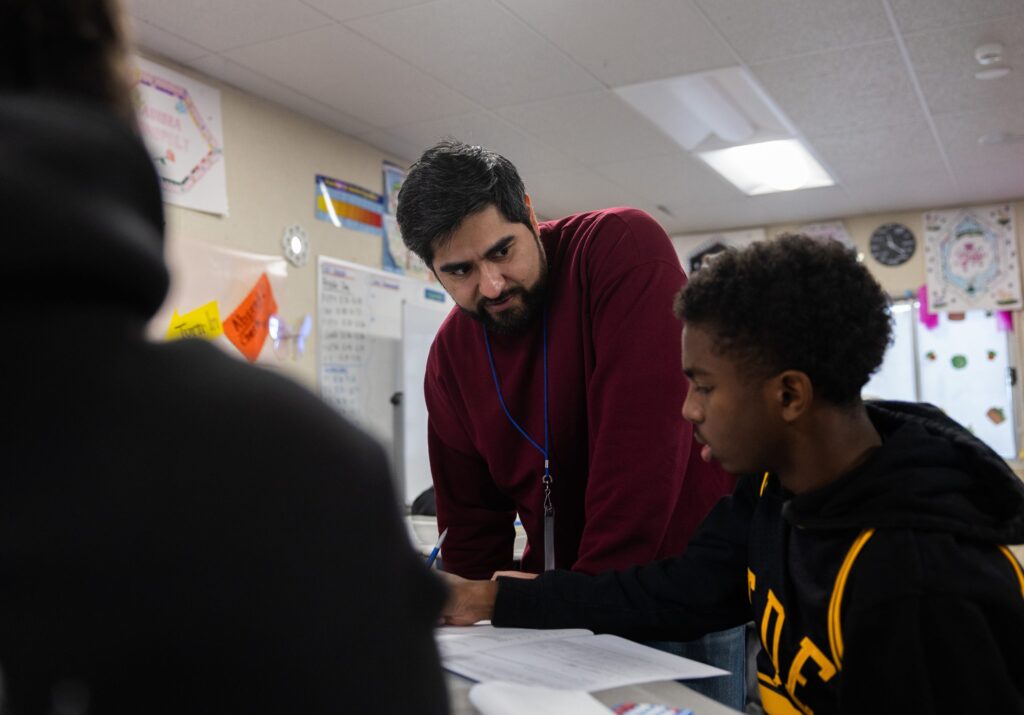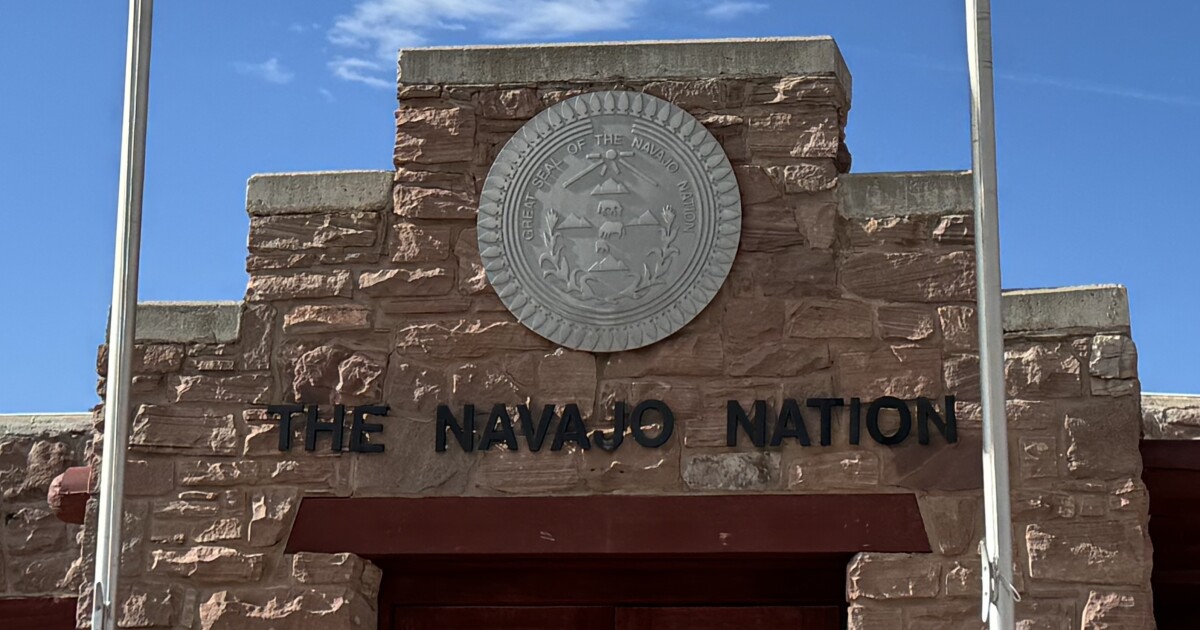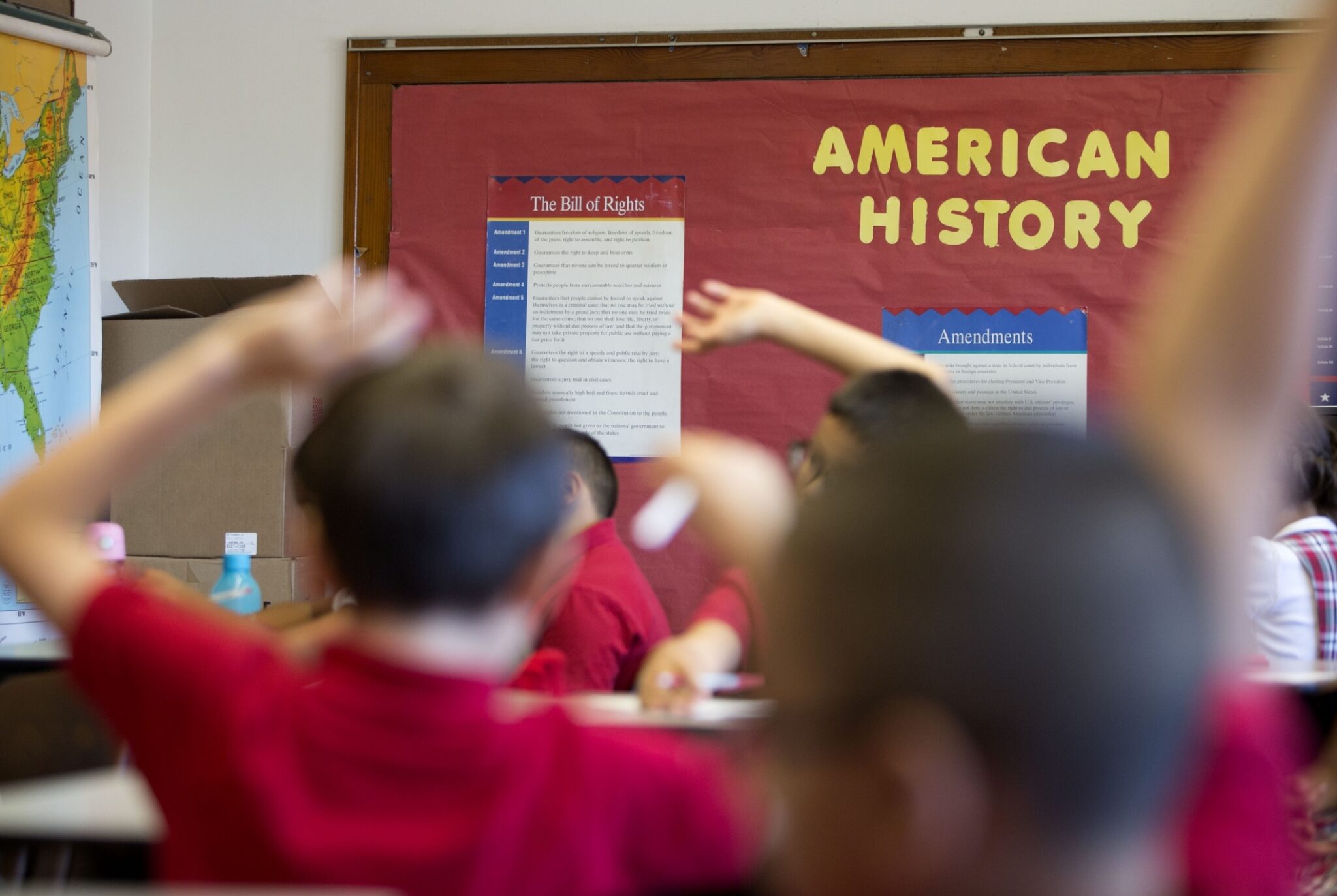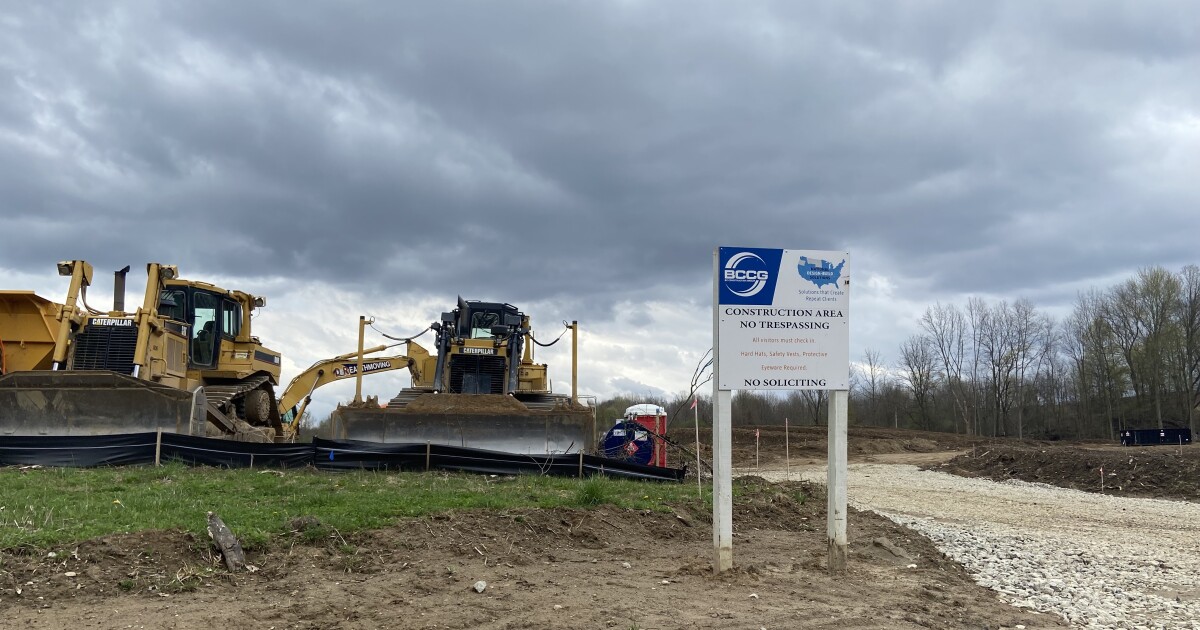After earning a bachelor’s degree from Knox College in Illinois, Stephanie Martinez-Calderon’s career plans shifted due to the pandemic. Initially, she hadn’t considered teaching but took up a remote tutoring position after graduation.
This experience bolstered her confidence and honed her instructional skills, leading her to become a middle school teacher in Nevada’s Washoe County School District.
Tutoring serves as a crucial training ground for future teachers, offering practical experience and a pathway into the education field. With a significant portion of K-12 teachers contemplating leaving their roles, tutoring can address this shortage by creating a pipeline of prepared educators.
Districts facing high teacher turnover can benefit from these future educators, who gain valuable skills and build relationships through tutoring.
Related: Stay updated with our free K-12 education newsletter.
School districts should reimagine tutoring as more than just a temporary solution to pandemic-related learning gaps. It should integrate into school design and teacher development plans. To fund and sustain tutoring programs, districts might redirect Title I funds, utilize federal work-study opportunities, and establish apprenticeship programs.
Starting as tutors allows aspiring educators to develop crucial teaching skills in a supportive setting. This experience helps them engage students effectively, tailor lessons, and transition smoothly into full classroom management.
Generation Z tutors, born between 1996 and 2012, bring fresh perspectives to teaching. As digital natives, they innovate student engagement, technology use, and creative learning approaches.
They also represent the most ethnically diverse generation, with many coming from backgrounds underrepresented in teaching. Over half identify as first-generation college students, promising a more diverse teacher workforce.
Recruiters note that Gen Z seeks roles focused onsocial impact andprofessional growth. Their emphasis onsustainable work-life balance aligns with a need for flexible work options.
Recruiters at Saga Education report that Gen Z values trying different industries, with tutoring offering insights into teaching.
Public schools can better attract young professionals by offering hybrid roles, mental health supports, and collaborative teaching pathways. Starting in part-time online tutoring can lead to full-time teaching as tutors gain experience and confidence.
Tutoring programs are effective recruitment tools for districts, offering graduates an entry into education without immediate certification requirements. Amid hiring challenges and vacancies, tutors offer timely solutions.
When tutors transition to teaching, they provide continuity and insight into student progress and school culture, supporting both student learning and staffing.
Related: PROOF POINTS: Taking stock of tutoring
The idea of embedding tutoring in educator pipelines is gaining traction. Teach for America’s Ignite Fellowship has transitioned 400 tutors to full-time teachers since 2020. In Washington, D.C., a tutor-to-teacher apprenticeship followed high-impact tutoring success, while Texas requires teacher residents to tutor alongside mentors.
Flexible, purpose-driven opportunities attract Gen Z professionals to teaching, making tutoring programs strategic talent pipelines that enhance the future teaching workforce.
—
Read More Kitchen Table News










